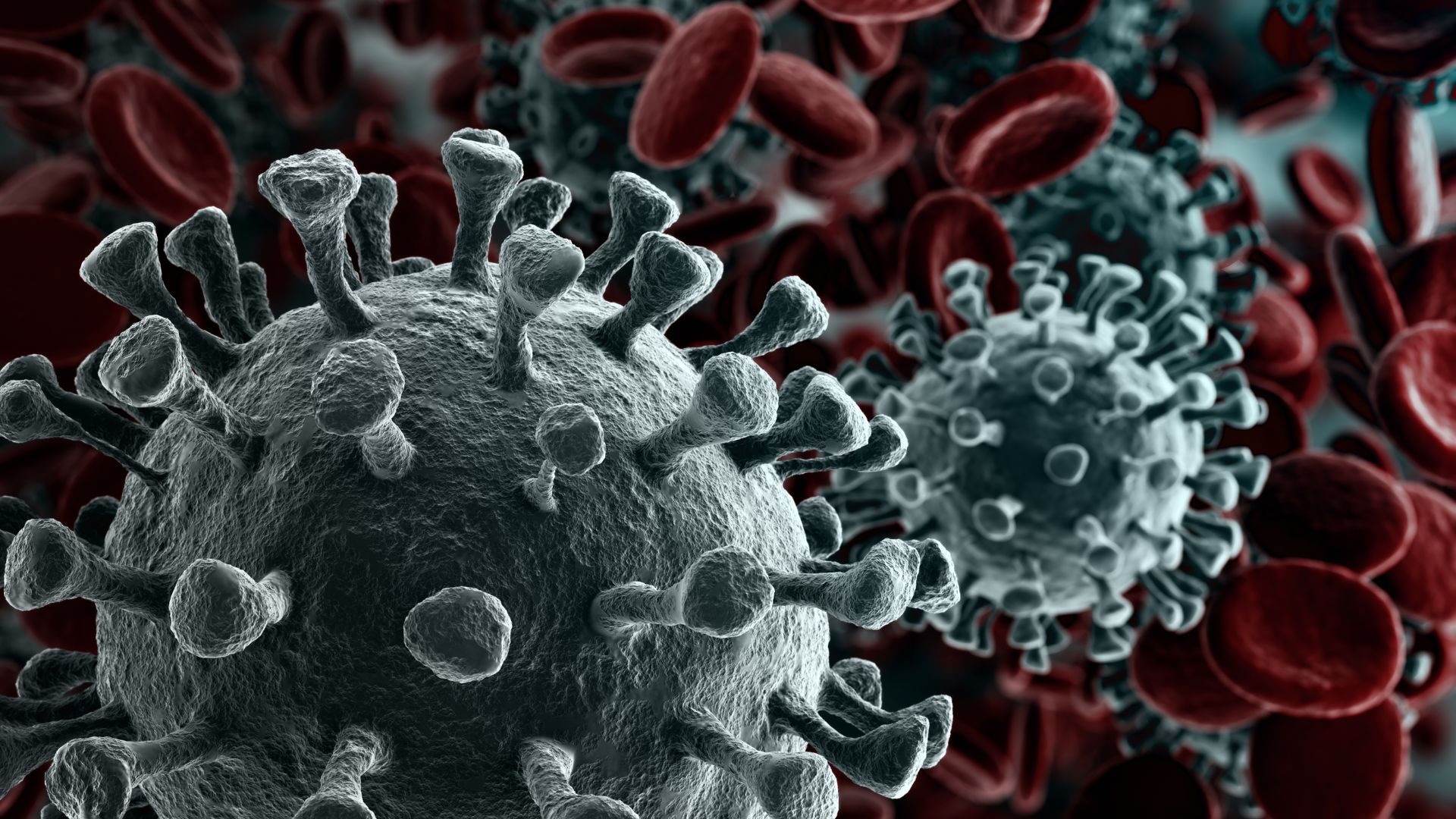The Trump administration has missed its September 2 deadline to finalize new federal rules restricting gain-of-function (GOF) research, now more than eight weeks overdue. This delay has prompted concern among biosafety experts and reignited debate within the National Institutes of Health (NIH) and the Department of Health and Human Services (HHS) over the handling of high-risk biological research.
The May 2025 executive order mandated a multi-agency task force to develop updated policies governing the creation and manipulation of pandemic-level pathogens. This initiative aimed to prevent research similar to the pre-COVID experiments funded by NIH at the Wuhan Institute of Virology.
“The atom has been split in biology with COVID, but nobody seems to be talking about it with urgency,” said Sean Kaufman, CEO and founding partner of Safer Behaviors, a biosafety consulting firm.
## Leadership Disputes and Policy Challenges
The policy dispute has placed HHS Secretary Robert F. Kennedy Jr., a longtime critic of NIH funding for Wuhan research, at odds with NIH Director Jay Bhattacharya. Bhattacharya has faced criticism from both inside and outside the agency for mixed public statements on the GOF issue and for retaining officials linked to Anthony Fauci’s former research oversight network.
Although the 120-day deadline passed weeks ago, a government shutdown over budget disputes delayed progress on the final policy by roughly a month. The administration has not provided a revised timeline for completion.
At the White House signing ceremony in May, Bhattacharya said the policy would “make it go away forever.” However, in an August podcast, he appeared to soften this stance, stating that the new regulations would involve “a calculation” because GOF work is “sometimes really important.”
## Controversies Over Policy Drafting
Emails shared with the Daily Caller News Foundation by two former federal officials reveal that two NIH staffers involved in drafting the 2017 pre-pandemic GOF policy—which allowed federal funds to flow to Wuhan—are also involved in writing the current Trump-era version. Critics have argued that the earlier rules were overly permissive, limiting oversight to a small number of projects and allowing internal review panels to operate in secret.
Some policy analysts have raised concerns about the May executive order’s scope, noting it delegates significant authority to agency heads and limits research funding bans for violations to five years—half the maximum debarment period typically enforced by HHS.
A spokesperson for HHS referred all questions to the White House.
## Staffing Changes and New Appointments
The delay in policy finalization also coincides with several high-level staffing changes. Gerald Parker, who led the drafting of the executive order as head of the White House Office of Pandemic Preparedness and Response Policy, stepped down over the summer for personal reasons.
The Office of Science and Technology Policy (OSTP) has since appointed Anna Puglisi, a former U.S. counterintelligence official with expertise in Chinese technology and biosecurity issues. Puglisi’s views on GOF remain unclear; in a 2023 interview with *Nature*, she emphasized the need to balance “the true risk for both not regulating it and over-regulating.” Puglisi did not respond to requests for comment.
Following an August report by the Daily Caller News Foundation alleging that one of Bhattacharya’s advisors had supported GOF research and opposed President Trump, NIH dismissed two advisors. The status of the advisor who supported GOF work remains unclear.
Lyric Jorgenson, NIH’s associate director for science policy and lead on drafting the GOF framework, previously oversaw the Biden-Harris administration’s GOF policy—criticized by Bhattacharya last year as inadequate.
Meanwhile, HHS recently dissolved a biosecurity office within the Administration for Strategic Preparedness and Response, consolidating more authority under NIH’s science policy division.
Bhattacharya has continued to defend his appointment of virologist Jeffrey Taubenberger to lead the National Institute of Allergy and Infectious Diseases (NIAID). Taubenberger, a longtime advocate for GOF research, advises on the current policy and is expected to play a key role in its implementation.
## Historical Context and Calls for Independent Oversight
The debate over GOF oversight dates back to 2016, when the Obama administration attempted to impose stricter external review standards on federally funded pathogen research. According to a former NIH official, the agency resisted those plans and advanced its own framework, preserving decision-making power within HHS.
Emails released in 2025 through Freedom of Information Act requests reveal that NIH officials were aware as early as 2016 that coronavirus-related GOF research would take place in Wuhan but conducted no national security review beyond a “letter of support” from University of North Carolina researcher Ralph Baric.
As a result, NIH approved experiments that later became central to global scrutiny following the COVID-19 pandemic, linked to more than 7 million deaths worldwide.
Biosafety experts, including Alina Chan, coauthor of *Viral: The Search for the Origin of COVID-19*, and MIT biologist Kevin Esvelt, have urged the administration to establish independent oversight rather than allowing NIH to self-regulate.
“The new policy must implement some form of independent oversight so that catastrophic research is not self-regulated,” Chan told the Daily Caller News Foundation.
## Uncertain Timeline Ahead
The White House has not announced when the delayed GOF policy will be finalized. Until then, federal agencies remain subject to the 2017 framework—widely criticized for failing to prevent risky pandemic-related research abroad.
As the debate continues, many in the scientific and biosafety communities await decisive action to ensure safer handling of gain-of-function research and enhanced protection against future pandemics.
https://www.lifezette.com/2025/11/the-deep-state-stalls-on-trump-ban-of-dangerous-gain-of-function-research-watch/



